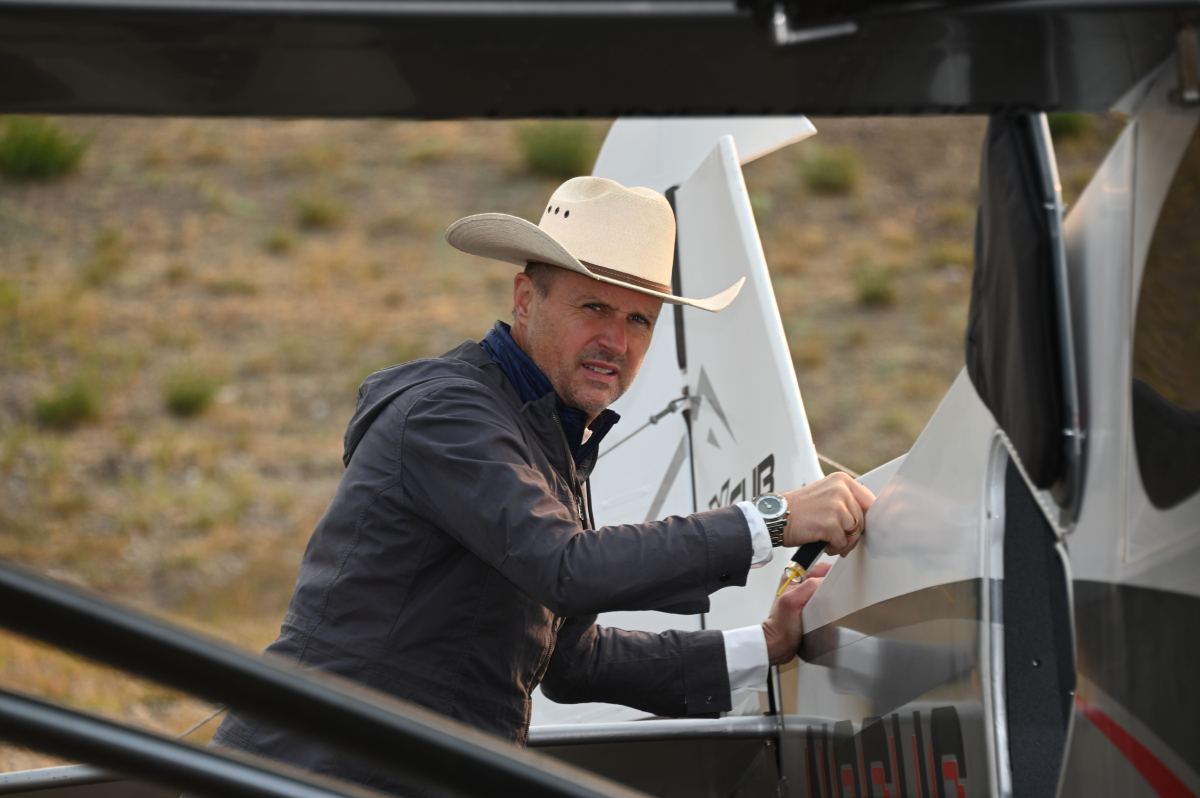The Landslide Blog is written by Dave Petley, who is widely recognized as a world leader in the study and management of landslides.

On 7 December 2024 a major landslide occurred in a mine waste pile at the Turmalina Mine in Brazil. The operator, Jaguar Mining, has put out a press release that provides a brief commentary:-
“On the morning of Saturday December 7, 2024, a visual inspection identified areas of concern at the Satinoco tailings pile. The mine’s personnel and nearby community members were evacuated before the slump occurred, and no injuries were reported…Material from the slump impacted some of the infrastructure at the mine including, maintenance areas near the shop, piping that feeds the filter plant, outdoor storage areas and an emergency escape exit from the mine was covered. Approximately 134 residents have been evacuated to local hotels, and the Company has crisis management and support personnel on the ground, engaging with the displaced families.”
Walinton Sousa has a post on LinkedIn that shows this remarkable landslide:-

And there is some footage of the landslide in action on Youtube:-
And even more dramatically:-
And there is some good drone footage of the aftermath:-
The location of the Turmalina landslide is [-19.74311, -44.87817]. The tailings stack is visible in Google Earth, and an image from October 2022 shows that the tailings stack was being used at that time.
So what are we to make of this most intriguing landslide? There are a few things that are interesting. The first is the shape of the scar, with the very steep rear scarp and the much lower angle sliding surface:-

Second, the sliding surface is very planar (bar the debris on the lower portion), so I wonder if this was a pre-existing plane of weakness?
The landslide has moved about 400 metres, but the velocity was fortunately not high – look how comparatively intact the top surface of the debris is. I think there may be two phases of failure – it appears to me that there may be two deposits, this might be supported by the videos of the failure above.
Perhaps the vegetated lower slope / buttress failed first (to create the lower deposit), followed by a second failure in the now unbuttressed tailings stack?
Hopefully, an investigation will identify the causes, but ultimately this is a failure in some way to design, engineer and/or manage the tailings stack adequately. Once again, it highlights the unacceptable rate of failure of tailings sites.













Leave a Comment